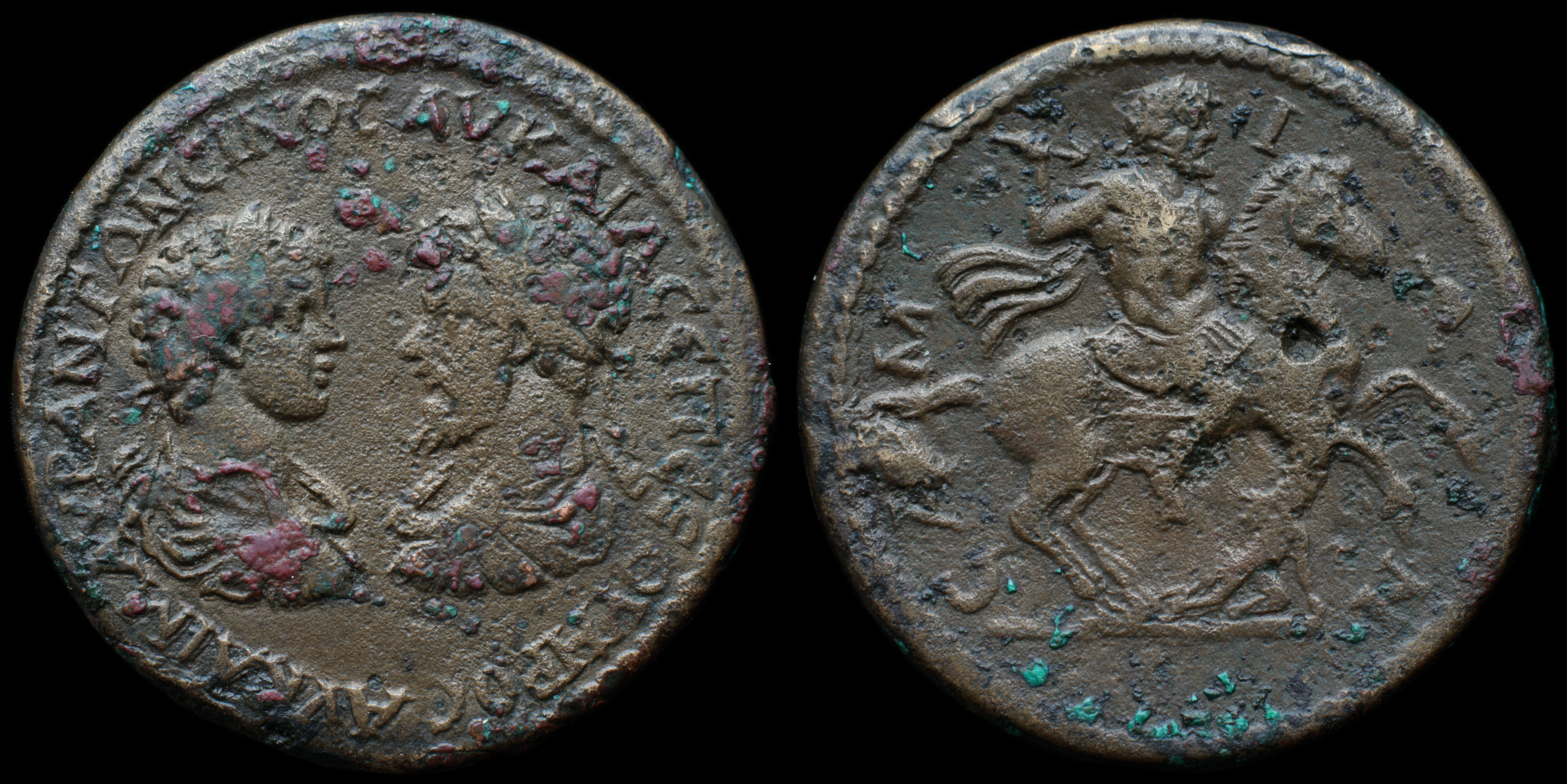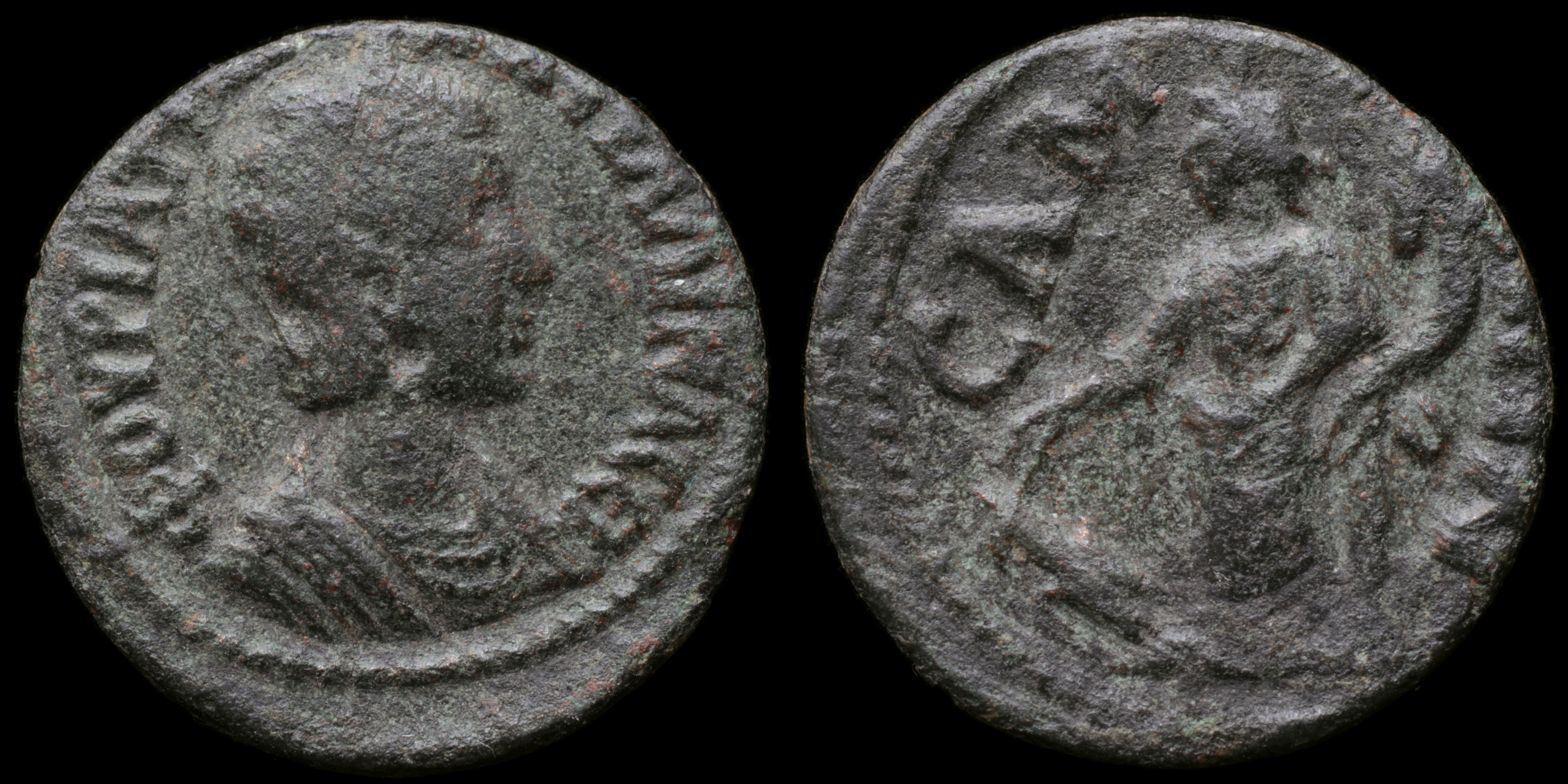In classical antiquity the island was a center of Ionian culture and luxury, renowned for its Samian wines and its red pottery. Population of Samos traced its origin to Epidaurus in Argolis. Samos became one of the twelve members of the Ionian League.
About 535 BC, when the existing oligarchy was overturned by the tyrant Polycrates, Samos reached the height of its prosperity. Samos suffered a severe blow when the Persian Achaemenid Empire conquered and partly depopulated the island. It had regained much of its power when in 499 BC it joined the general revolt of the Ionian city-states against Persia.
For some time (about 275–270 BC) Samos served as a base for the Egyptian fleet of the Ptolemies, at other periods it recognized the overlordship of Seleucid Syria. In 189 BC, it was transferred by the Romans to their vassal, the Attalid dynasty's Hellenistic kingdom of Pergamon, in Asia Minor.
Samos remained comparatively flourishing, and was able to contest with Smyrna and Ephesus the title "first city of lonia"; it was chiefly noted as a health resort and for the manufacture of pottery.
Perhaps the most famous persons ever connected with classical Samos were the philosopher and mathematician Pythagoras and the fabulist Aesop. In 1955 the town of Tigani was renamed Pythagoreio in honor of the philosopher.
About 535 BC, when the existing oligarchy was overturned by the tyrant Polycrates, Samos reached the height of its prosperity. Samos suffered a severe blow when the Persian Achaemenid Empire conquered and partly depopulated the island. It had regained much of its power when in 499 BC it joined the general revolt of the Ionian city-states against Persia.
For some time (about 275–270 BC) Samos served as a base for the Egyptian fleet of the Ptolemies, at other periods it recognized the overlordship of Seleucid Syria. In 189 BC, it was transferred by the Romans to their vassal, the Attalid dynasty's Hellenistic kingdom of Pergamon, in Asia Minor.
Samos remained comparatively flourishing, and was able to contest with Smyrna and Ephesus the title "first city of lonia"; it was chiefly noted as a health resort and for the manufacture of pottery.
Perhaps the most famous persons ever connected with classical Samos were the philosopher and mathematician Pythagoras and the fabulist Aesop. In 1955 the town of Tigani was renamed Pythagoreio in honor of the philosopher.
Modern location: Pythagoreion, Greece

Obverse: laureate, draped and cuirassed bust of Caracalla right from behind facing laureate, draped and cuirassed bust of Septimius Severus left from behind; AV KAI M AVP ANTΩNEINOC AV KAI Λ CEΠ CEOVHPOC
Reverse: Septimus Severus on horse prancing right, wearing cuirass and chalmys, is about to spear fallen enemy; CA_M_I_Ω_N
Diameter:
34 mm
Die Orientation: -
Weight: 25 g
Die Orientation: -
Weight: 25 g
No notes for this coin
BMC Greek (Ionia) 258.p376
(2)
Tranquillina

Obverse: draped bust right wearing stephane; ΦOVPIA TRA_NKVIΛΛINA CEB
Reverse: Tyche facing, head left, wearing kalathos, holding rudder and cornucopia; CAM_IΩN
Diameter:
20 mm
Die Orientation: -
Weight: 4.4 g
Die Orientation: -
Weight: 4.4 g
May 241 - 244 AD
SNG Copenhagen 1766; BMC 311; RPC VII 596; SNG Lindgren 599.
